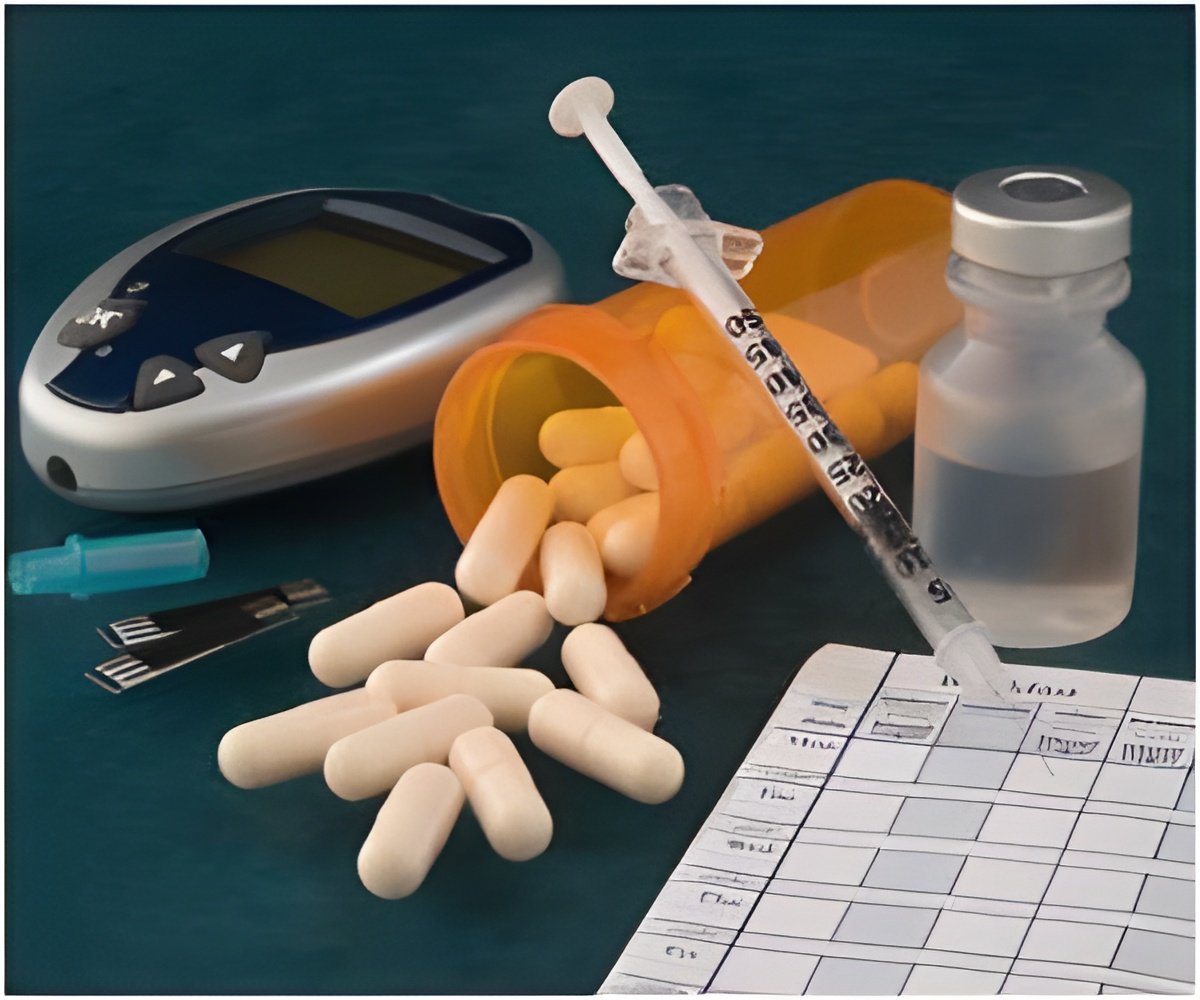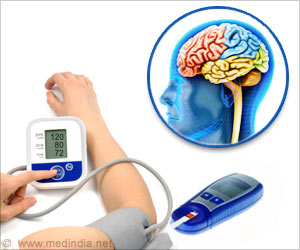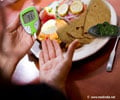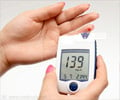Significant rise in both type 1 and type 2 diabetes is seen among young people in the United States, reveals a new research that warns of a growing epidemic in American youth.

Type 2 diabetes increased 30 percent over the same period, according to the study published in the Journal of the American Medical Association on Saturday.
Type 1 diabetes appears most often in children and is a disorder in which the pancreas does not make insulin, leading to too much glucose in the blood. Those with type 1 diabetes need to take insulin for the rest of their lives.
Type 2 diabetes is more common, and occurs when blood sugar levels are too high and the body doesn't make insulin well enough. It can be controlled through healthy diet, exercise and medications.
The population studied came doctor-diagnosed cases from five centers in California, Colorado, Ohio, South Carolina, and Washington state, and included some American Indian reservations in Arizona and New Mexico.
Type 1 diabetes was studied in youths aged 0 to 19, and Type 2 in those aged 10-19.
Previous studies have found similar rises of Type 1 diabetes, and some scientists have projected that the population with this disease would nearly triple -- from 179,387 in 2010 to 587,477 in 2050.
"The increase in prevalence among US minorities documented herein is of concern, given that minority youth are more likely to have poor glycemic control, known to be associated with the serious complications of type 1 diabetes."
The study also projected that type 2 diabetes would increase four-fold -- from 22,820 in 2010 to 84,131 in 2050.
These increases "are important because such youth with diabetes will enter adulthood with several years of disease duration, difficulty in treatment, an increased risk of early complications," the study said, cautioning that the disease could be even more common in generations to come.
Source-AFP
 MEDINDIA
MEDINDIA




 Email
Email










